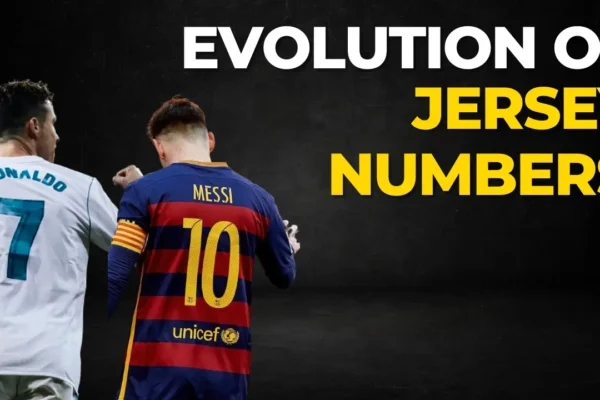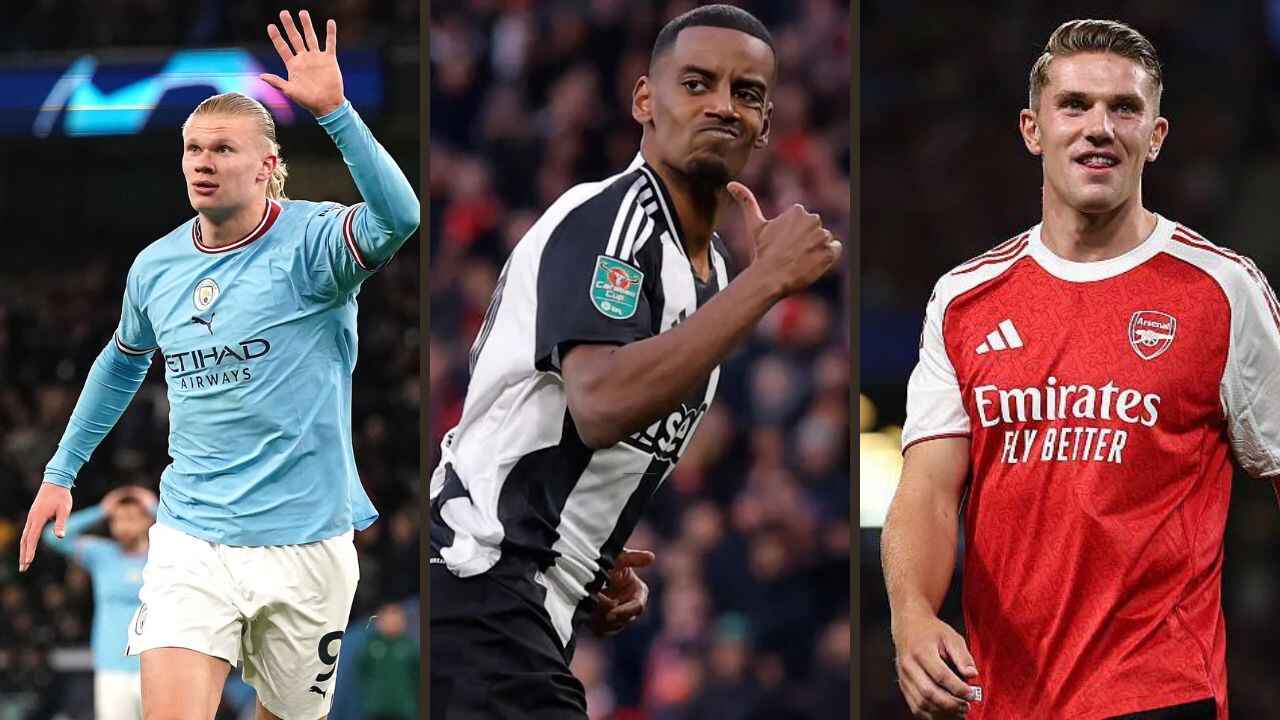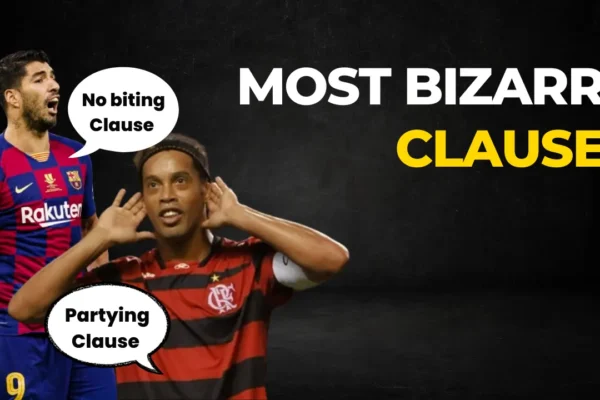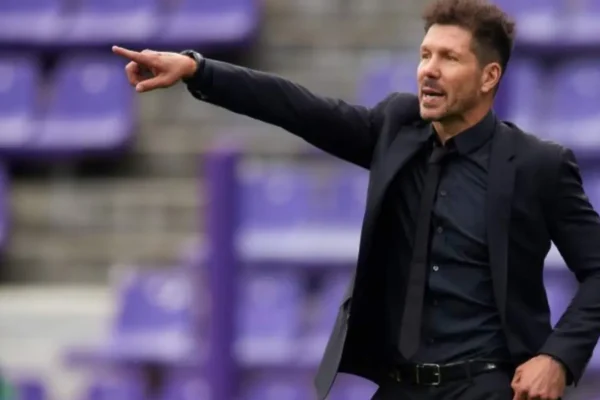

Striker vs Center Forwards? What is the difference between the two?
Football is a sport that boasts a rich history and a multitude of positions, each with its own unique role and responsibilities. Among these positions, two of the most pivotal and celebrated are the striker and the center forward. Because we all love watching football because of the goals being scored and the strikers and center forwards carry the responsibilities of scoring these goals on their shoulders.
While both are key players in a team’s attack, they possess distinct characteristics and roles on the pitch. In this article, we will delve into what defines a striker and a center forward in football, shedding light on the nuances that set them apart.
The Striker
Strikers are the sharpshooters, the goal-getters, and the ones who strike fear into opposing defenders. Their primary role is to score goals, and they are often the top goal-scorers in a team. Strikers are typically positioned further up the field and asked to roam inside the penalty area closer to the opponent’s goal, as they aim to exploit opportunities and finish off attacking plays.
Key Characteristics of a Striker:
- Clinical Finishing: Strikers are known for their ability to put the ball into the back of the net with precision. They have the knack for converting chances into goals, making them the go-to players when a goal is needed.
- Movement: Effective strikers display intelligent movement off the ball. They constantly position themselves to receive passes, make runs behind the opposition’s defense, and find space to create goal-scoring opportunities.
- Speed and Agility: Many strikers possess quick acceleration and agility, which allows them to evade defenders and break away for goal-scoring opportunities.
- Versatility: Strikers may have different playing styles, some being poachers who excel at close-range finishing, while others may have the ability to score from a distance and contribute to build-up play.
Some of the Great strikers of this Generation are Luis Suarez, Zlatan Ibrahimovic, Robert Lewandowski, and more recently Erling Haaland.
The Center Forward
Center forwards, sometimes called target men, are a crucial link between the midfield and the attacking line. They are not just goal-scorers but also playmakers who are often involved in creating scoring opportunities for their teammates. Center forwards are typically positioned in the central area of the attack much closer to the midfield and are expected to hold up the ball, bring others into play, and be a focal point of the team’s offensive strategies.
A Center Forward might drop deep to receive the ball in between the line and then distribute the ball out wide to the quick wingers to create goal-scoring opportunities.
Some of the finest Center Forwards of this generation are Ronaldo Nazario, Roberto Firmino, and Karim Benzema among other
Key Characteristics of a Center Forward:
- Hold-up Play: Center forwards are adept at holding the ball under pressure, allowing their teammates to get into position. This skill is especially important in playing long balls and crosses into the box.
- Physicality: They tend to be strong and physically imposing, capable of outmuscling defenders and winning aerial duels, making them valuable in set pieces and crosses.
- Link-Up Play: Center forwards often act as a pivot, linking the midfield and attack. They may provide assists and create goal-scoring opportunities for their teammates with clever passes.
- Aerial Ability: Many center forwards excel in aerial duels, making them effective targets for crosses and set pieces. Their heading ability can lead to goals or assists.
Can a Striker and Center Forward co-exist in the team?
Yes, in fact, a partnership of a center forward and striker can be very effective for a team, with the Center forward holding up his defender and providing attacking outlets to the striker who converts them into goals.
One of the best examples of this is Real Madrid’s 2016/17 Champions League winning team where Zinedine Zidane played Cristiano Ronaldo as a striker and Karim Benzema played as a second fiddle to Ronaldo, Benzema attracted defenders by dropping deep to receive the ball from the midfield creating space in behind for Cristiano Ronaldo to exploit and score goals.
Cristiano Ronaldo did just that by scoring 42 Goals in all competitions which helped him win his 5th Ballon d’Or.
Conclusion:
In football, the roles of strikers and center forwards are distinct, yet both are vital for a team’s success. Strikers are the goal-scoring machines, relying on their clinical finishing and movement, while center forwards serve as the linchpins of the attack, using their hold-up play and link-up abilities to create opportunities for their teammates. In a well-balanced team, these two positions complement each other, forming a dynamic attacking force that keeps defenders on their toes and delights fans with goals and beautiful plays. Understanding the different roles given to a player is more important than knowing their positions on the pitch.







